Anti-collision lights are used to improve visibility of an aircraft to other aircraft while in flight or to ground traffic while maneuvering or standing on the airport. All aircraft must have an approved anti-collision light system that projects light 360° around the aircraft’s vertical axis and 75˚ above and below the horizontal plane of the aircraft. The light system is comprised of one or more beacons and/or strobe lights.
Aircraft beacon lights are red lights that either flash or rotate to provide a pulsating warning light. They are normally installed in pairs to get the required vertical coverage, with one on the top of the fuselage and the other at the bottom. Strobes are high intensity white lights which are usually installed near the trailing edge of the wing tips and may also be installed on the aft end of the tail cone next to the navigation light.
Beacons are turned prior to engine start and is kept on until the engines are shut down. An illuminated beacon warns ground personnel and other aircraft of the start or running of the aircraft engines. The blinding white strobes are normally turned on during the flight, or when entering, crossing, maneuvering, or lining up on a runway.
Anti-collision lights must operate at intervals of between 40 and 100 flashes. They are required to produce a minimum of 400 effective candela in aviation red or white. A rotating beacon light uses a rotating reflector, driven by a small electric motor, which is illuminated a centrally located halogen lamp or LED module and so blinking signals can be created. A flashing strobe light uses either a xenon discharge tube or an LED module which is switched on and off by an electronic circuit.

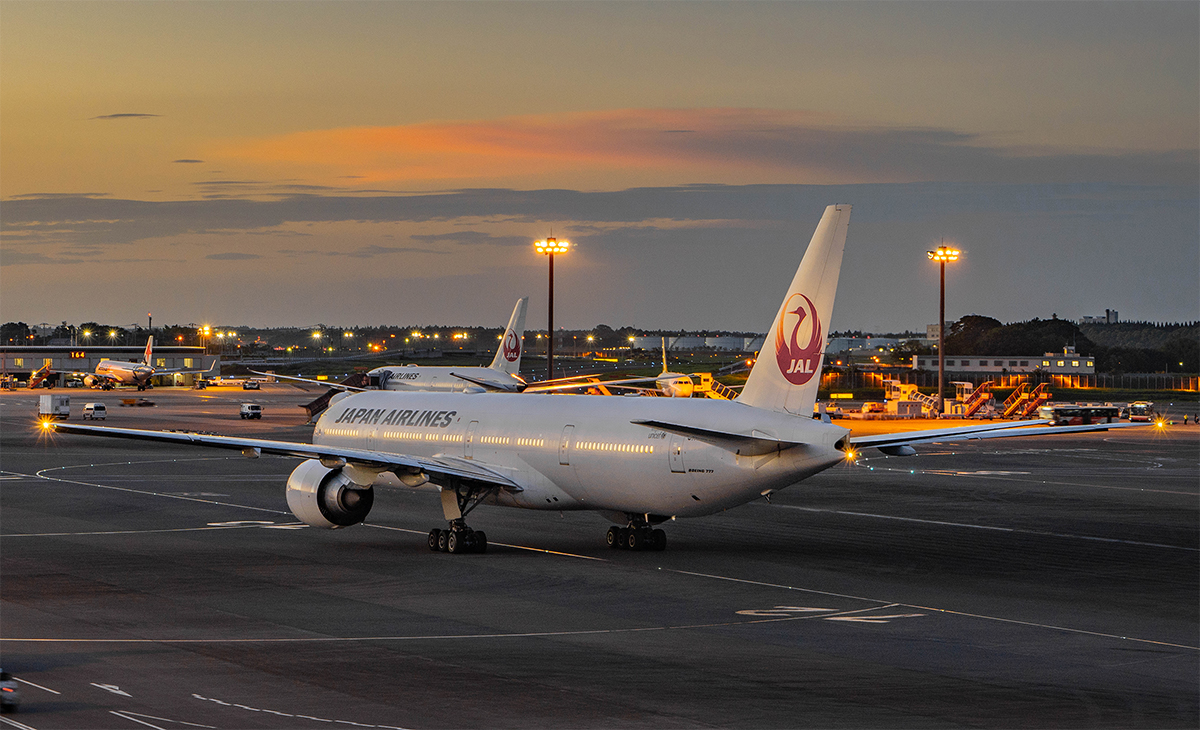
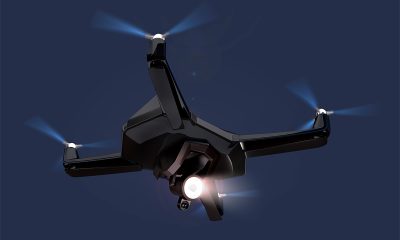


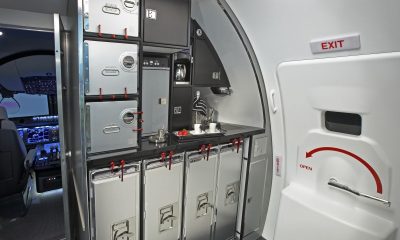

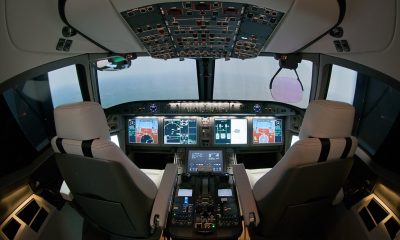


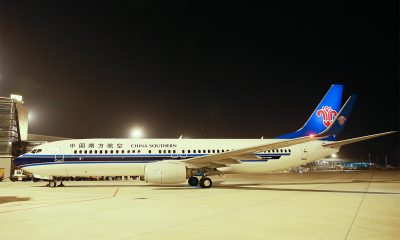
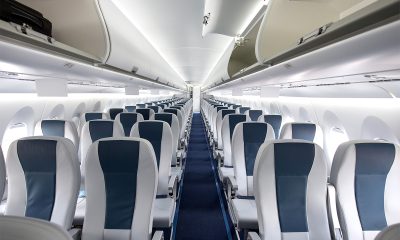
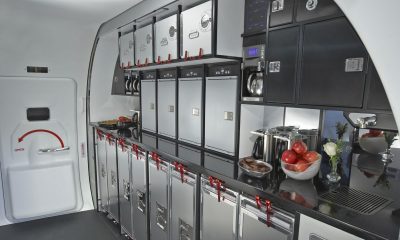





Loading...